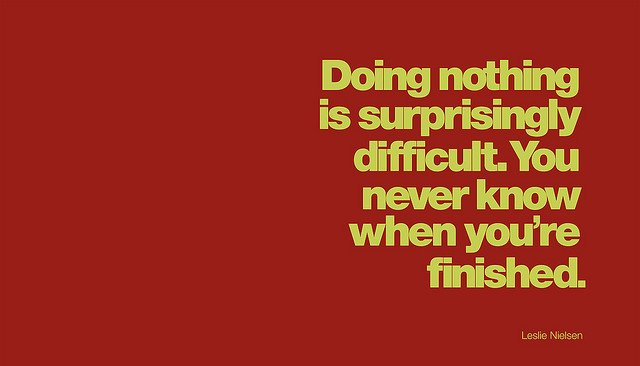
Every business operates in one of three modes: growth, steady state (even keel) or crisis. Only growth mode is sustainable but one of these modes is the most difficult and dangerous to engage. The way we sell is more important than what we sell and understanding the operating mode of your customer has a huge impact on the likelihood of sales success.
Every commercial enterprise is driven by a need to increase profit. Most government organizations are driven by a desire to improve service through efficiency and effectiveness (not that they have any idea what that actually means - I describe most government agencies as the blind leading the deaf). However, these outcomes for both commercial and government entities are ideally achieved without increasing costs or exposure to unacceptable risk. In essence, there is a universal desire to achieve more with less and any proposal or business case should focus on greater output or more revenue from existing resources, or achieving greater productivity (less cost or effort) resulting in better efficiency.
The pace of business (decision urgency and priority) is determined by the organization's operating mode and it's vitally important to understand which mode is in play when seeking to influence a purchasing decision.
When an organization is in growth mode decisions are made rapidly and the business drivers are usually productivity and profit. They also have an appetite to invest and this profile is the ideal prospect.
When an organization is in survival mode they have their own unique requirements and although they also make fast decisions, the business drivers are to reduce direct variable costs and improve cash-flow (not to be confused with profit). They are motivated to buy but you must manage the commercial risk for your side in providing credit.
When an organization is in maintenance mode (even keel or business-as-usual) decisions are usually made slowly and based upon incremental improvements in productivity and profit while also reducing costs. When dealing with a business in maintenance mode it can be difficult to identify specific drivers and obtain decisions.
Organizations in either growth or crisis mode are much easier to sell to than those who are in even-keel / steady state mode. Why should someone take on the risk and pain of change when they are operating in a business as usual environment? The answer is that there must be a compelling business case or a strong senior executive driving the initiative; otherwise you are dealing with the most frustrating and insidious competitor of all - 'do nothing'. Ignore the status quo at your peril. Always ask: Why will they buy anything at all? Then ask: Why will they buy from me?
Winning business in complex enterprise selling is always difficult. The mix of variables can be mind-bending, as individual politics and agendas combine with corporate drivers and modes of operation to create a mine-field of explosive termination points for unwary sellers. Plan, prepare and strategize every deal - that's what makes you a professional; you are someone who is masterful and aligning with the right agendas and managing risk.
*************
Tony Hughes is ranked as the #1 influencer on professional selling in Asia-Pacific and is a keynote speaker and best selling author. This article was originally published in LinkedIn where you can also follow Tony's award winning blog. Also visit Tony's keynote speaker website at www.TonyHughes.com.au or his sales methodology website at http://www.rsvpselling.com/.
Main image photo by Flickr: brett jordan
*************
Please Share: If you valued this article, please share via your Twitter, LinkedIn, Google+ and Facebook social media platforms. We encourage you to join the conversation or ask questions. So feel free to add a comment on this post below.
Your Invitation: We invite you to subscribe to this blog. Subscription is free and it allows you to get access to all our subscriber only content and our periodic newsletter.